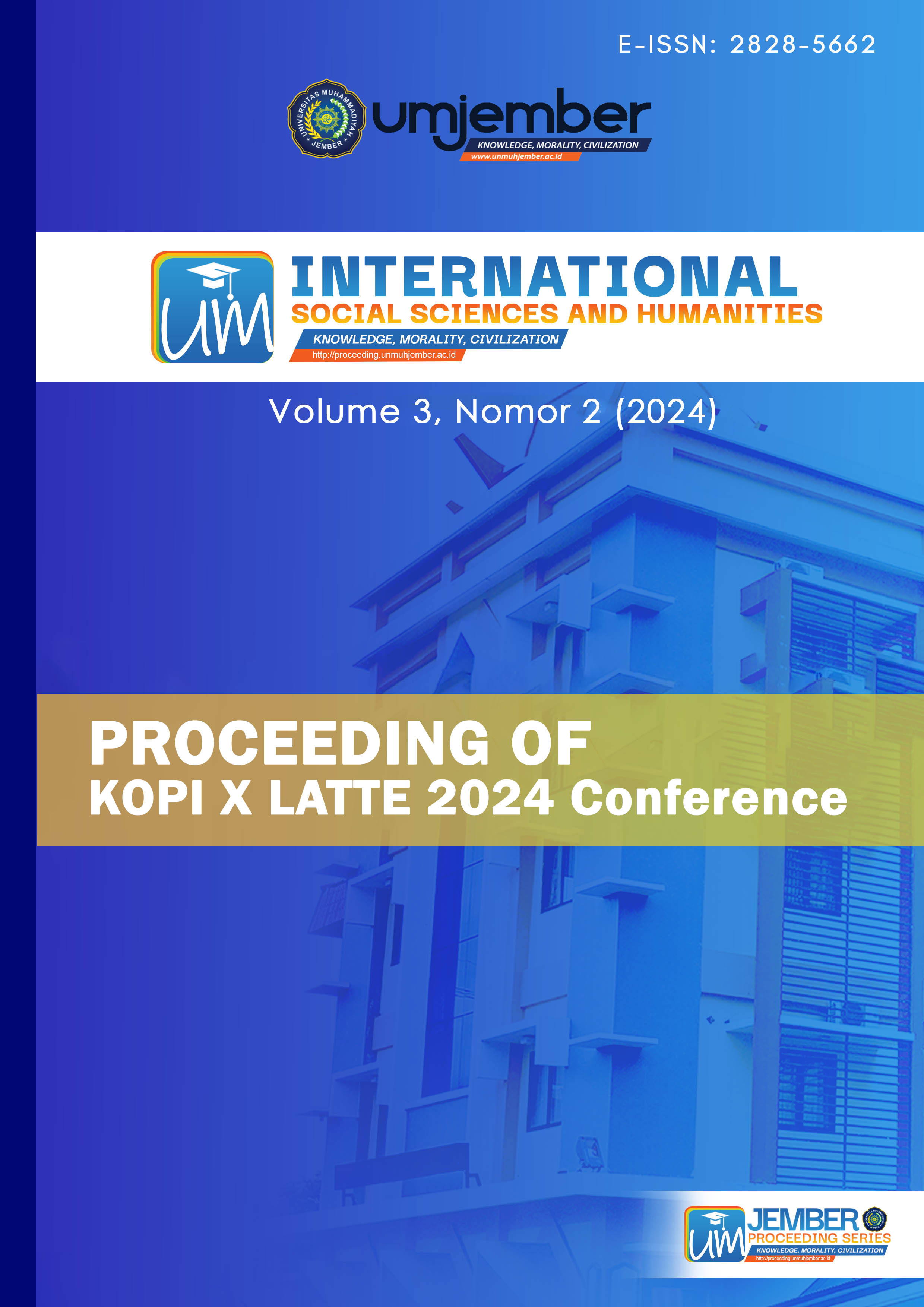Technology Utilization in Learning: A Phenomenological Study of the Pre-Service Teachers in Northern Philippines
DOI:
https://doi.org/10.32528/issh.v3i2.579Keywords:
technology use, students’ experiences, pre-service teachersAbstract
This qualitative research delved into the experiences of the pre-service teachers in using technology in their studies. The phenomenological approach, with interview as the primary data gathering method, was used to elicit their experiences on technology utilization while studying in a higher education institution in the Northern Philippines. The technological devices mostly used by the students are smartphones and laptops. They also avail themselves of the mobile tablets and computer units offered by the University to students. Additionally, the most common digital resources accessed by the students are Google and YouTube among other platforms such as social media. They find these resources convenient and useful in their studies because they are able to access updated information, watch educational videos and actively engage. However, poor internet connection and power interruptions are commonly experienced by the participants, and these affect their use of technology. Financial limitation was also mentioned by the participants as a restricting factor. The University offers free internet access to students, but they still need to spend for their loads in order to access digital resources at home. Despite these challenges, the students are maximizing the use of technology with whatever available resources they have.
Downloads
References
Akaglo, E & Nimako-Kodua, J. (2019). The effects of the use of mobile phones on second cycle students in Ghana. International Journal of Academic Multidisciplinary Research, 5(1), 92.
Alraimi, K. M., Zo, H., & Ciganek, A. P. (2015). Understanding the MOOCs continuance: The role of openness and reputation. Computers & Education, 80(12), 28–38.
Amadora, M. (2020). Common Problems that Occur During Online Classes. Manila Bulletin.
Ansari, J. A. N., & Khan, N. A. (2020). Exploring the role of social media in collaborative learning: the new domain of learning. Smart Learn. Environ. 7, (9).
Bowers, J., & Kumar, P. (2015). Students' perceptions of teaching and social presence: A compara-tive analysis of face-to-face and online learning environments. International Journal of Web-Based Learning and Teaching Technologies (IJWLTT), 10(1), 27–44. https://dblp.org/rec/journals/ijwltt/BowersK15
Breslow, L., Pritchard, D. E., DeBoer, J., Stump, G. S., Ho, A. D., & Seaton, D. T. (2013). Studying learning in the worldwide classroom research into edX’s first MOOC. Research & Practice in Assessment, 8(2) 13–25.
Cierniak, G., Scheiter, K., & Gerjets, P. (2009). Explaining the split-attention effect: Is the reduc-tion of extraneous cognitive load accompanied by an increase in germane cognitive load? Computers in Human Behavior, 25(2), 315–324.
Darko-Adjei, N. (2019). The Use and Effect of Smartphones in Students’ Learning Activities: Evi-dence from The University of Ghana, Legon. Library Philosophy and Practice (e- journal), 28 51.
Dockstader, J. (2008). Teachers of the 21st century know the what, why, and how of technology in-tegration. Retrieved from http://the-tech.mit.edu/Chemicool/
Dyer, T., Aroz, J., & Larson, E. (2018). Proximity in the online classroom: Engagement, relation-ships, and personalization. Journal of Instructional Research, 7, 108–118. https://eric.ed.gov/?id=EJ1188336
Haryanto, D.R. (2018). Analysis of Utilization of Gadgets as Effective Learning Media in Innova-tion Education to improve Student Learning Achievement. KNE Social Science.
Ifeanyi, I. P., & Chukwuere, J. E. (2018). The impact of using smartphones on the academic per-formance of undergraduate students. Knowledge Management & E-Learning, 10(3), 290–308.
Kizilcec, R. F., Bailenson, J. N., & Gomez, C. J. (2015). The instructor’s face in video instruction: Evidence from two large-scale field studies. Journal of Educational Psychology, 107(3), 724–740.
Larsen- Freeman, D. Anderson, M. (2011). Techniques and principles in language teaching. Ox-ford: OUP
Legg, T. J. (2020). Negative Effects of Technology: What to Know? Medical News Today
Mayer, R. E. (2014). Multimedia instruction. In Handbook of research on educational communica-tions and technology, (pp. 385–399). New York: Springer.
Rasch, T., & Schnotz, W. (2009). Interactive and non-interactive pictures in multimedia learning environments: effects on learning outcomes and learning efficiency. Learning and Instruc-tion, 19(5), 411–422.
Tuncay, N. (2016). Smartphones as tools for distance education. Journal of Educational and In-structional Studies in the World. 6(2), 2146-7463.
UNESCO. (2002). Open and distance learning – Trends, policy and strategy considerations, Paris.
Downloads
Published
Issue
Section
License

This work is licensed under a Creative Commons Attribution-NonCommercial 4.0 International License.


